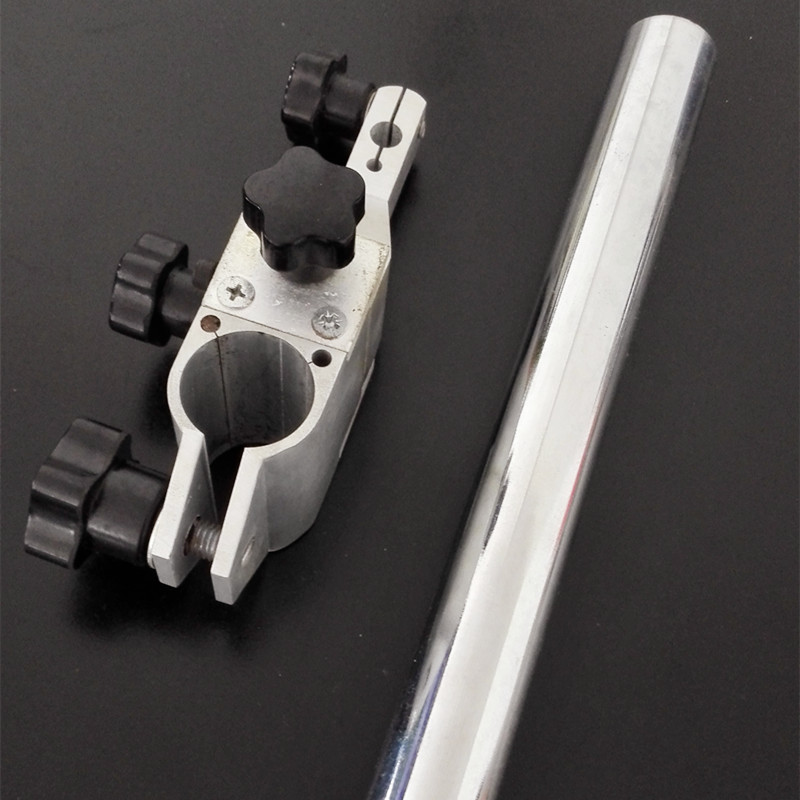అక్టో . 17, 2024 06:00 Back to list
A Comprehensive Guide to Precision Welding Techniques and Applications
Precision Welding A Comprehensive Overview
Precision welding is an advanced fabrication technique that has revolutionized various industries, including aerospace, automotive, and medical applications. This process is characterized by its ability to join materials with a high degree of accuracy, resulting in stronger, more reliable welds. As technology continues to evolve, understanding the nuances of precision welding becomes increasingly important for engineers and manufacturers alike.
Definition and Importance of Precision Welding
Precision welding refers to methods that allow for extremely tight tolerances and control over the welding process. Unlike traditional welding techniques, which may produce inconsistent results, precision welding employs advanced technologies and automated systems to ensure uniformity. This level of precision is crucial in industries where safety and performance are paramount, such as in the aerospace sector, where even the smallest defect can have catastrophic consequences.
The importance of precision welding extends beyond mere aesthetics; it directly impacts the mechanical properties and longevity of welded components. By achieving consistent fusion, precision welding helps to minimize the risk of structural failure, reduces the need for post-weld treatments, and enhances overall product quality.
Types of Precision Welding Techniques
Several techniques fall under the umbrella of precision welding, each serving unique applications
. Key methods include1. Laser Welding This technique utilizes a concentrated beam of light to melt and join materials. Laser welding is known for its high precision and can weld thin sections of metals, making it ideal for applications where minimal heat affected zones are desired.
2. TIG (Tungsten Inert Gas) Welding TIG welding employs a non-consumable tungsten electrode to produce the weld. It offers excellent control over the welding process, making it suitable for intricate designs and materials such as stainless steel and aluminum.
3. Micro Welding As the name suggests, micro welding is used for joining very small components, often found in electronics and medical devices. This technique requires specialized equipment and skilled operators to ensure accuracy and quality.
precision welding table

4. Resistance Spot Welding Commonly used in automotive manufacturing, this technique involves passing a current through two overlapping metal sheets, causing them to melt and fuse together. This method is efficient for high-volume production and provides strong bonds without the need for additional materials.
The Role of Technology
The integration of technology into precision welding has significantly enhanced its capabilities. Automated welding systems, including robotic arms equipped with advanced sensors and AI algorithms, enable manufacturers to achieve higher precision levels. Real-time monitoring allows for immediate adjustments to parameters like heat input and speed, further ensuring the integrity of the weld.
Additionally, software programs that simulate welding processes are becoming increasingly popular. These tools help engineers evaluate design choices before actual welding takes place, reducing material waste and saving time.
Challenges in Precision Welding
Despite its advantages, precision welding is not without challenges. The need for highly skilled operators is paramount, as even minor errors can lead to significant defects. Furthermore, the initial investment in precision welding equipment can be substantial, which may deter smaller companies from adopting these advanced techniques.
Another challenge lies in the compatibility of different materials. As industries push for the use of lightweight and high-strength materials, ensuring proper fusion between dissimilar materials becomes increasingly complex.
Conclusion
In conclusion, precision welding is a critical aspect of modern manufacturing that provides unparalleled benefits in terms of quality and reliability. As industries continue to demand higher standards, the importance of mastering precision welding techniques cannot be overstated. With ongoing advancements in technology, the future of precision welding looks promising, presenting new opportunities for innovation and efficiency across various sectors. By embracing these techniques, manufacturers can enhance their production processes and deliver superior products that meet the high demands of today's market.
-
Precision Manufacturing with Advanced Spline Gauge DesignNewsJul.31,2025
-
Industrial-Grade Calibrated Pin Gauges for Exact MeasurementsNewsJul.31,2025
-
Industrial Filtration Systems Depend on Quality Filter DN50 SolutionsNewsJul.31,2025
-
High-Performance Gate Valve WholesaleNewsJul.31,2025
-
Granite Surface Plate The Ultimate Solution for Precision MeasurementNewsJul.31,2025
-
Granite Industrial Tools The Ultimate Guide for Bulk BuyersNewsJul.31,2025
Related PRODUCTS









